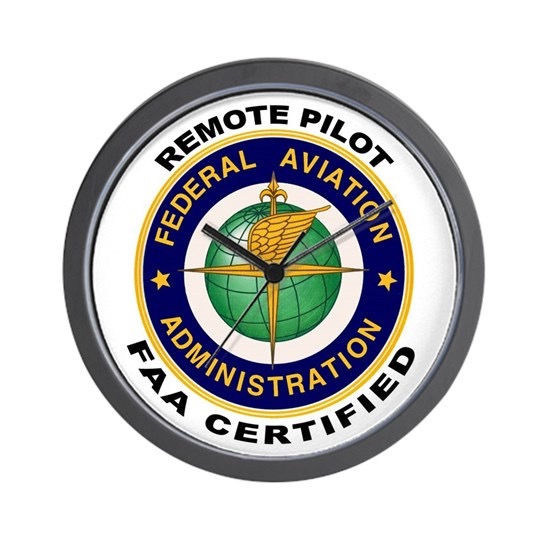Drone flying laws, FAA regulations, and license requirements you need to know
One of the biggest hurdles to mass adoption of drones is the numerous regulations that restrict what drone owners and operators can do. In the United States, the Federal Aviation Administration (FAA) has several regulations that have hindered drone market growth.
The most prevalent of these restrictions is the one colloquially known as the "line of sight rule," which mandates that drone operators keep the unmanned aircraft within eye shot at all times. This clearly removes any potential application for drones in the delivery space, as the need to keep a drone in line of sight at all times defeats the purpose of sending off a drone to drop off a product at a consumer's home.
But there are different FAA drone rules for commercial use and for recreational use. Recreational drone laws are in some ways more lax than commercial ones, but the line of sight remains pivotal (more on these laws later).
Drone Pilot License and FAA Laws & Regulations
"Do I need a license to fly a drone?" "Do I need to register my drone?" These are two of the most common questions prospective drone owners ask.
As of a law passed on January 3, 2018, a recreational drone user must register their drone with the FAA, mark the outside of the drone with the registration number, and carry proof of registration when flying. Furthermore, the pilot must fly only for recreational purposes.
This next portion is crucial: The pilot must keep the drone below 400 feet in uncontrolled or "Class G" airspace. This simply refers to airspace where the FAA is not controlling manned air traffic, which means it is safe to fly your drone there. Fortunately, most drones and their accompanying mobile apps provide guidelines to help identify appropriate airspace and height.
The FAA has a full list of drone rules and guidelines here.
Drone Registration
The FAA's online registration system went into effect on Dec. 21, 2015. This required all UAS weighing more than 0.55 pounds (250 grams) and less than 55 pounds to be registered.
Since then, the number of drones registered in the U.S. has been increasing. More than 900,000 owners had already registered by the end of 2018, and monthly owner registration averaged between 8,000-9,000 during the full year 2018, according to the FAA.
As of December 10, 2019, there were 1,509,617 drones registered with the FAA. This includes 1,085,392 recreational drones and 420,340 commercial drones, as well as 160,748 remote pilots certified.





Comments